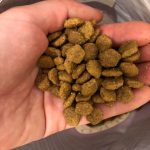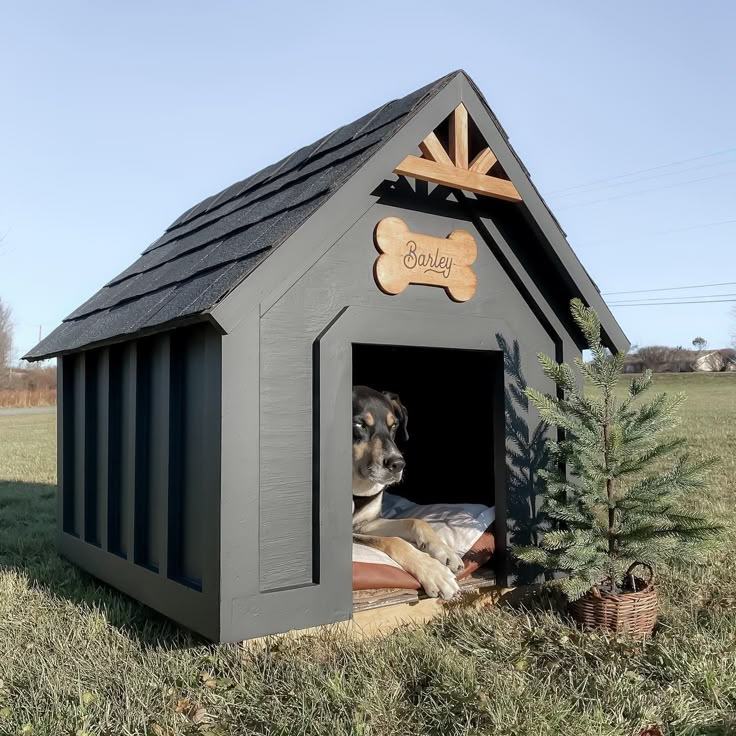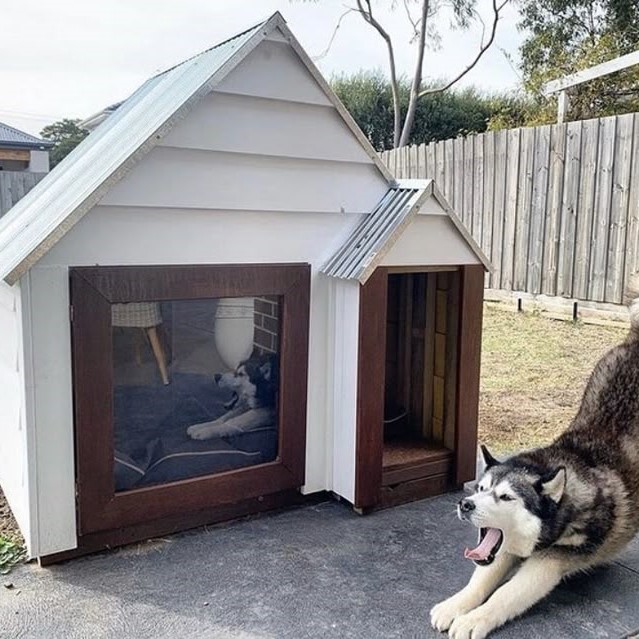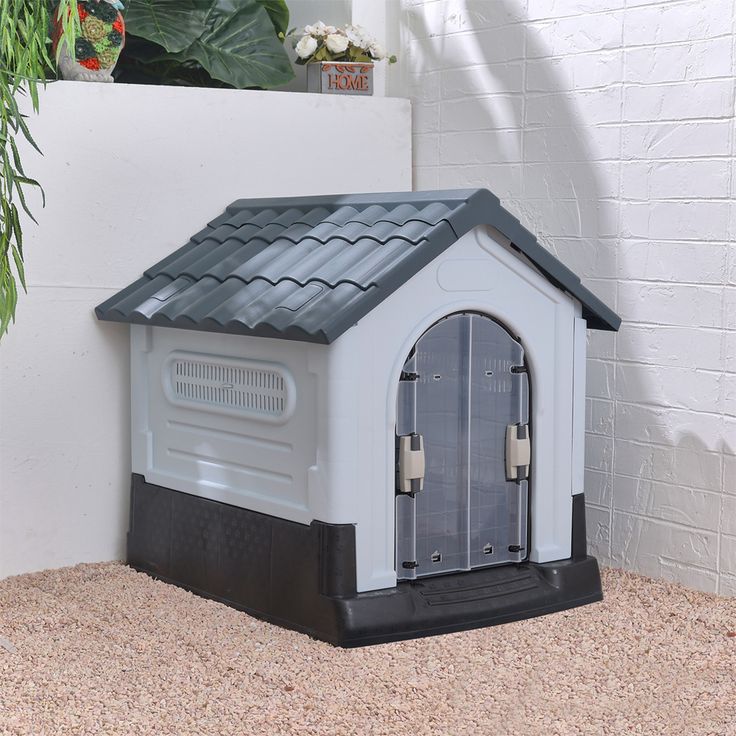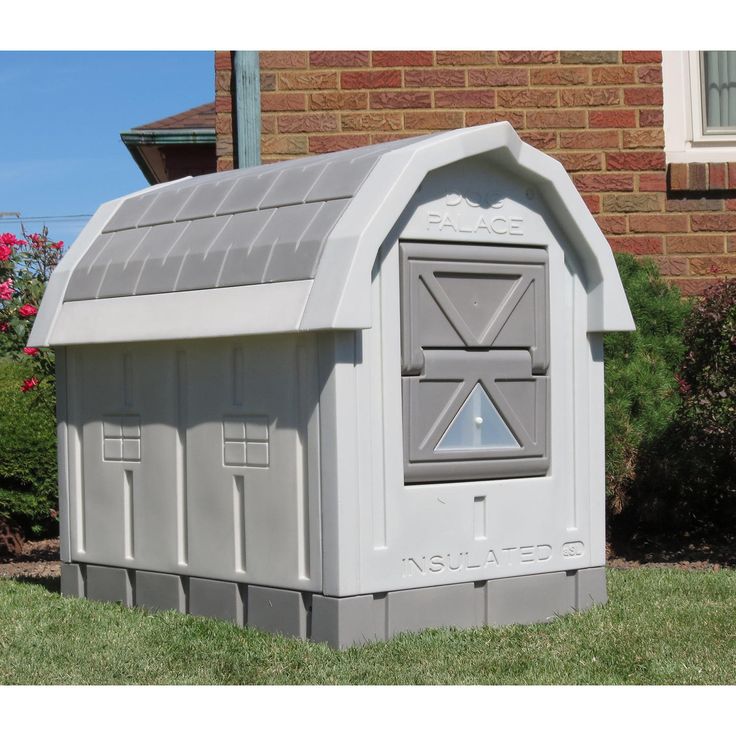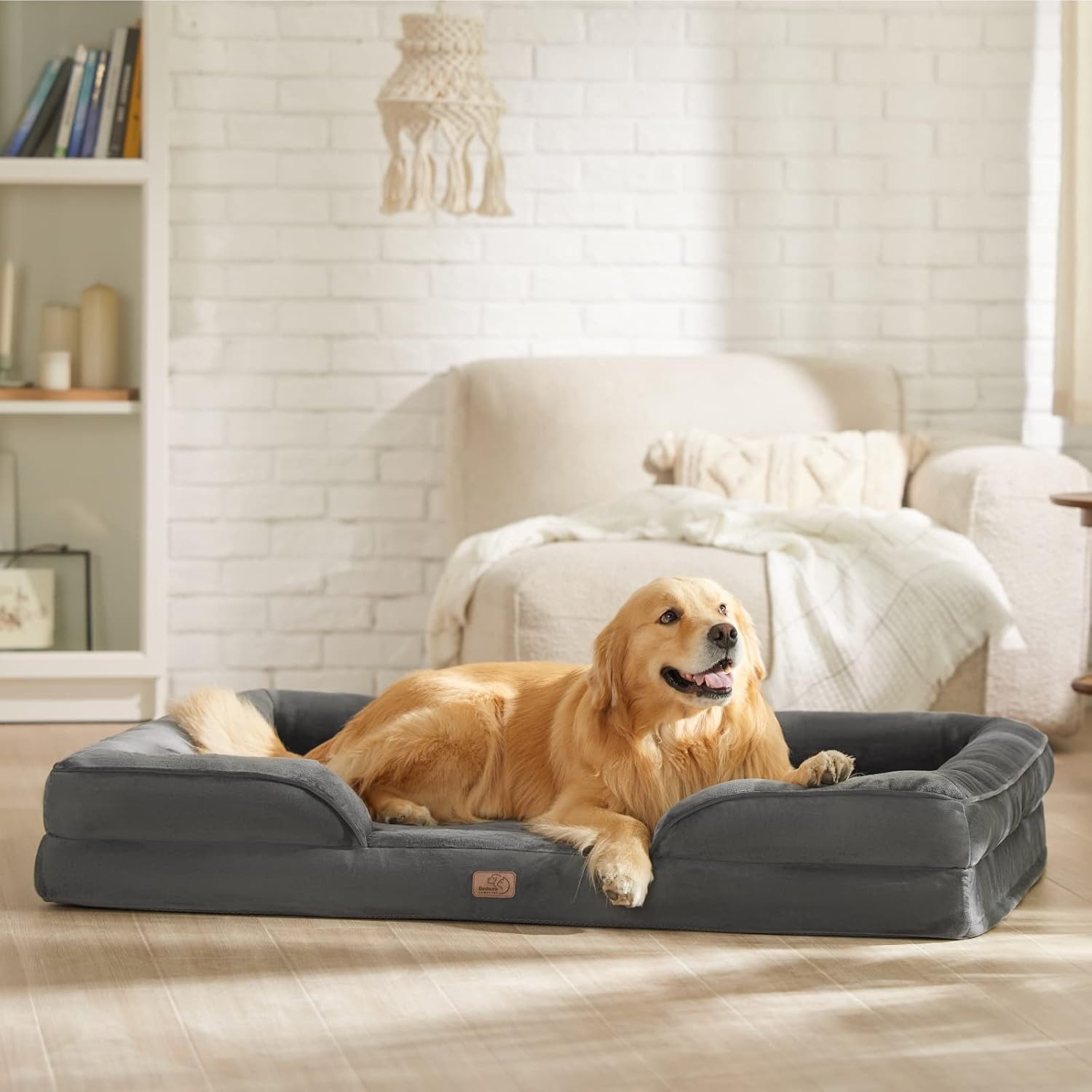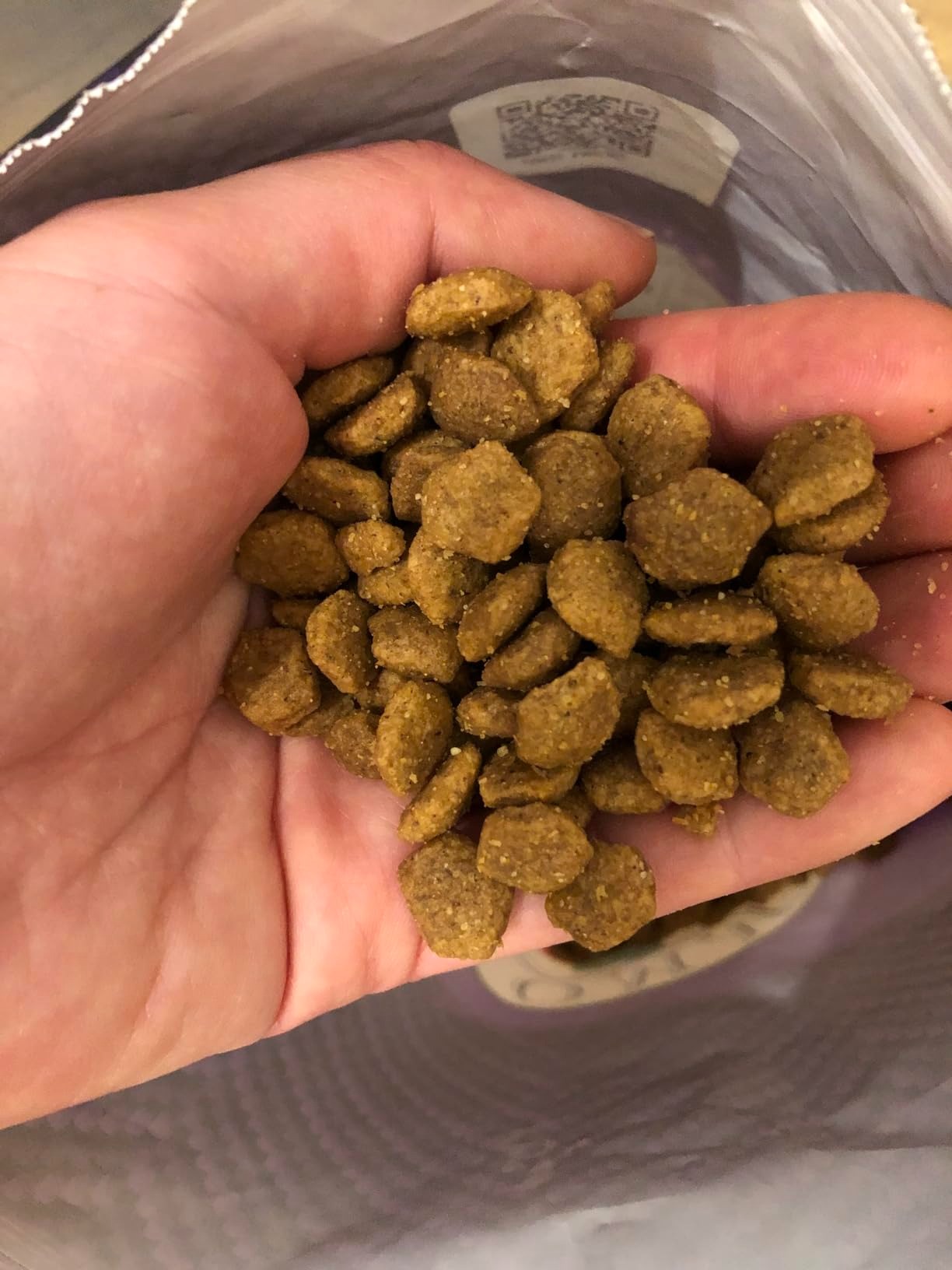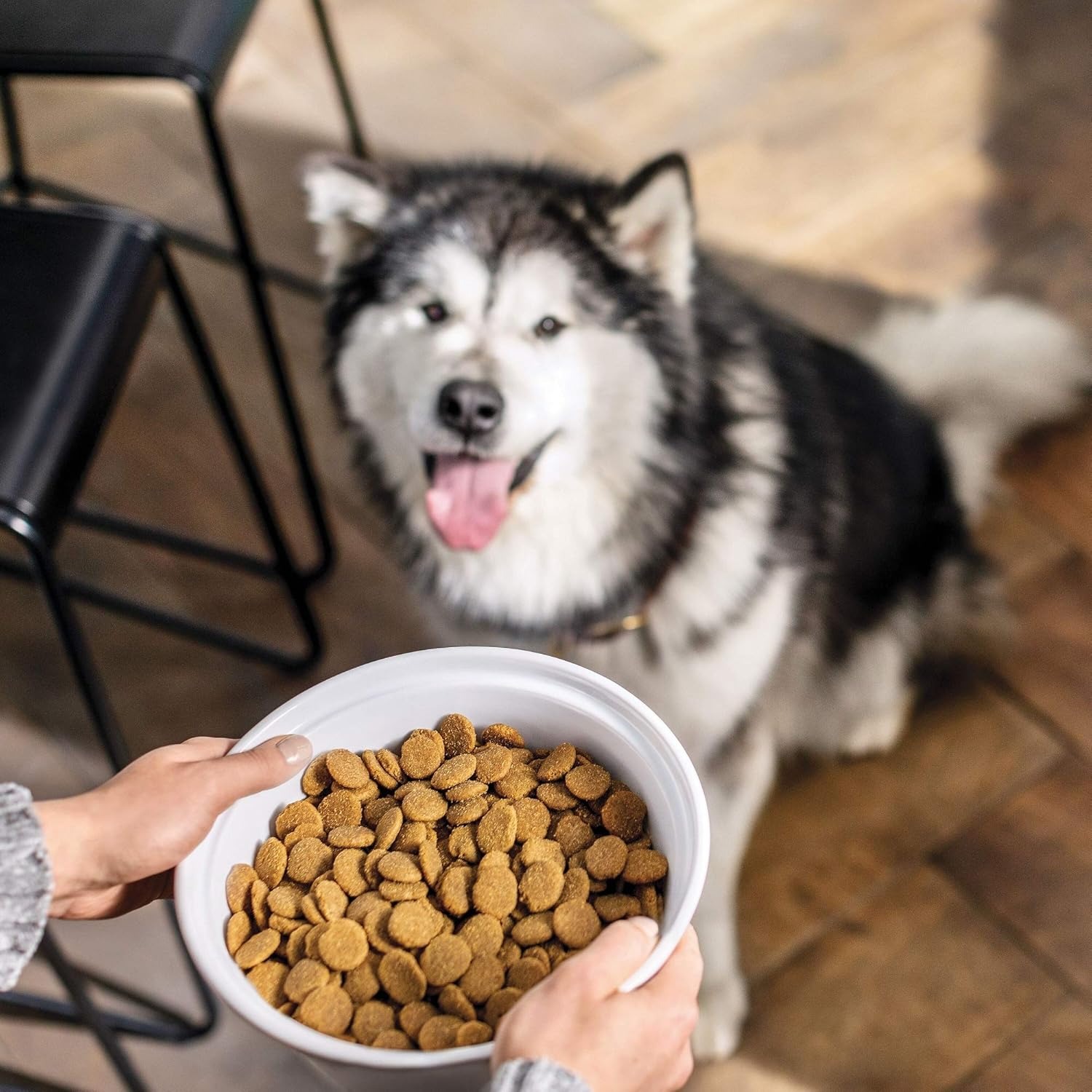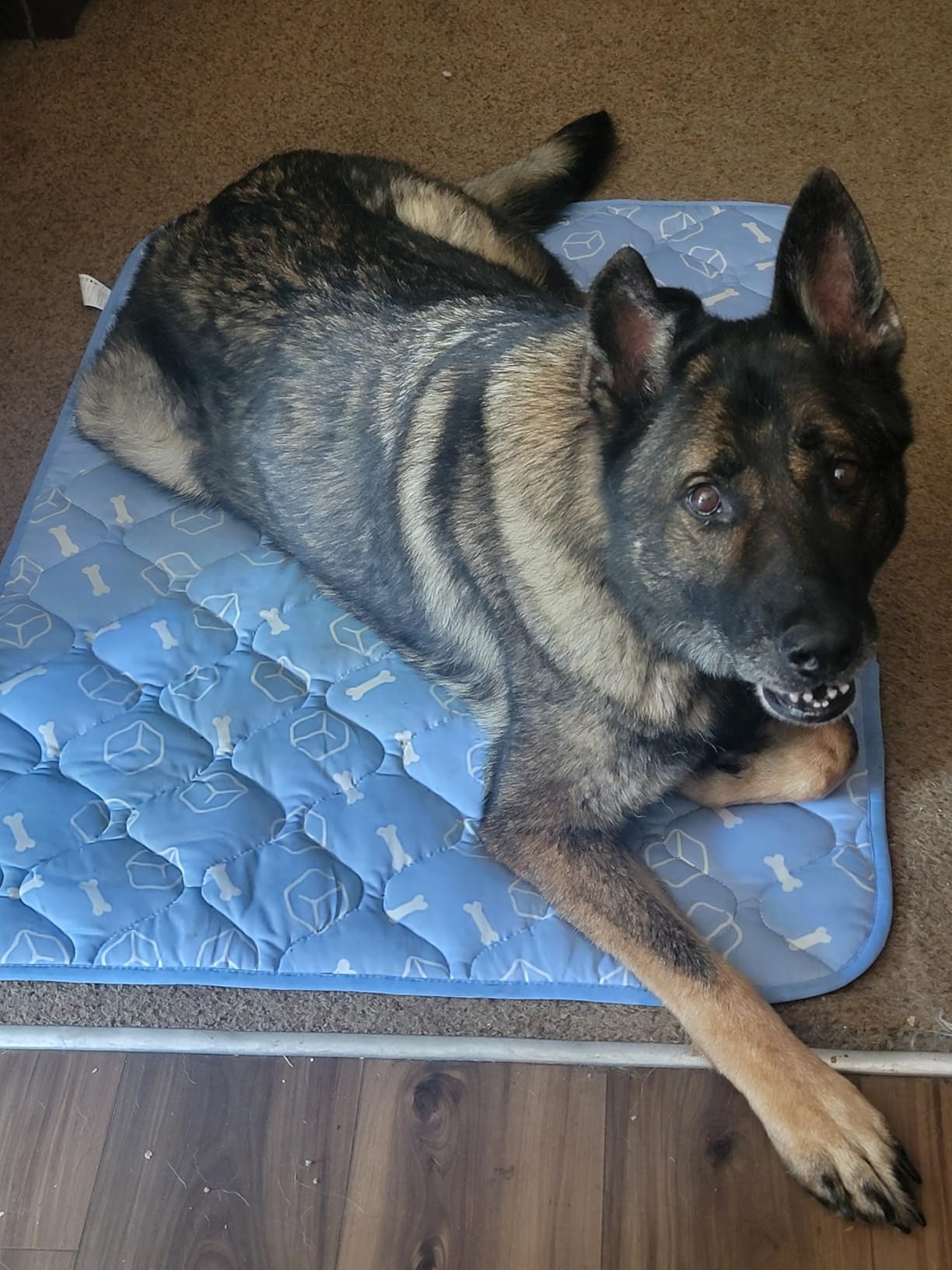Introduction
As pet owners, we constantly seek ways to ensure our furry friends are comfortable, especially when they spend time outdoors. One essential item that every outdoor pet needs is an insulated dog house. An insulated dog house protects your pets from harsh weather conditions while offering them a cozy space to relax. Today, we will explore different insulated dog house designs, their benefits, and options for custom dog houses that you can consider for your beloved pets.
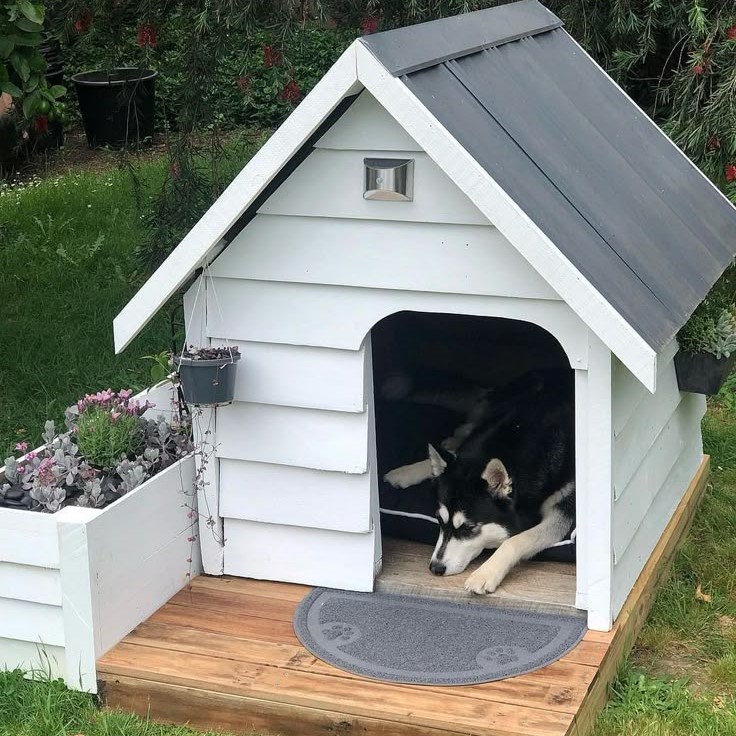
The Importance of Insulation in Dog Houses
Before diving into the various designs, it is crucial to understand why insulation is vital in dog houses. Insulation helps regulate temperature, ensuring that your dog’s house remains warm in winter and cool during the summer.
- Temperature Regulation: An insulated dog house maintains a more stable temperature inside. This means that during the cold months, your dog will be shielded from frigid air. Conversely, in the peak of summer, the insulation will keep the heat at bay, providing a comfortable environment.
- Material Matters: Insulation can be made from various materials, including foam, plastic, and wood. The effectiveness of these materials plays a significant role in how well your dog house will perform in maintaining a consistent temperature.
- Health Considerations: A properly insulated dog house can help prevent health issues related to extreme temperatures. Dogs exposed to the elements can suffer from hypothermia or heat exhaustion, making insulation essential for their well-being.
- Comfortability: Dogs naturally seek shelter from environmental conditions. An insulated dog house satisfies this instinct and offers them a place that feels safe, enhancing their overall comfort in their living space.
Different Designs of Insulated Dog Houses
When it comes to selecting an insulated dog house, you have various design options that cater to different needs and aesthetics. Below, we will discuss some popular designs that you can find on the market.
1. Traditional House Design
This classic style resembles a traditional human house, complete with a sloped roof. It’s often made of wood or composite materials that provide robust insulation.
- Features: Insulated walls, raised floors for ventilation, and weatherproof roofing.
- Benefits: This design is not only functional but also adds a charming visual element to your yard.
2. Igloo-Shaped Dog House
The igloo design is popular for its unique and modern appearance. It is typically made from durable plastic and features an insulated dome shape that naturally deflects wind and precipitation.
- Features: Curved shape, excellent wind resistance, and dual-layered walls for added insulation.
- Benefits: This design is lightweight, easy to clean, and provides comfort during extreme weather conditions.
3. Elevated Dog House
For added ventilation and protection from wet ground, an elevated dog house can be an excellent choice. This design lifts the house off the ground, keeping pets dry and warm.
- Features: Elevated base, insulated walls, and sometimes even a slatted floor for extra airflow.
- Benefits: Helps prevent moisture damage and significantly enhances comfort during winter months.
4. Custom Dog House Designs
If you’re looking to create a truly unique space for your pet, consider a custom dog house. You can tailor every aspect based on your dog’s size, breed, and personal style preferences.
- Features: Designed to reflect your home’s aesthetics, tailored dimensions, and can include additional features such as built-in ramps or customized entry points.
- Benefits: A custom design ensures that the structure fits perfectly in your yard while meeting all your pet‘s needs.
Evaluating Materials for Insulation
When choosing an insulated dog house, the material used in construction significantly impacts its effectiveness. Here, we’ll evaluate common materials found in dog houses.
1. Wood
Wood is a classic choice for dog houses. It provides good insulation when combined with proper sealing and painting.
- Pros: Natural insulator, durable, and easy to customize.
- Cons: Requires maintenance and can be susceptible to rot without proper care.
2. Plastic
Plastic dog houses offer excellent weather resistance and are easy to clean.
- Pros: Lightweight, easy to wash, and often available in a range of colors.
- Cons: May not provide as much insulation as wood; however, double-walled designs can help.
3. Composite Materials
Composite materials offer the benefits of both wood and plastic. These materials typically provide better insulation and durability.
- Pros: Weatherproof, rot-resistant, and often more affordable than wood options.
- Cons: Generally heavier, which can impact movement and relocation.
4. Metal
Though not commonly used for mainstream dog houses, metal can be a suitable option for those who prioritize durability.
- Pros: Extremely durable and provides good security.
- Cons: Poor insulation unless lined with insulating materials, can become hot in summer.
Maintaining Your Insulated Dog House
Once you’ve invested in a high-quality insulated dog house, proper maintenance is vital to ensure its longevity. Here are some tips to keep your dog house in excellent condition:
- Regular Cleaning: Keep the interior and exterior clean. Regularly remove any debris, dirt, or dog hair to maintain a healthy environment for your pet.
- Check for Wear and Tear: Examine the structure regularly for any signs of wear, such as cracked walls or peeling paint. Addressing these issues promptly ensures continued insulation and protection.
- Reapply Sealants: If your dog house is made of wood, consider reapplying sealants or paints to protect against moisture and pests.
- Winter Preparation: During colder months, check the insulation and repair any damage. Adding straw or blankets can provide extra warmth for your pet.
- Ventilation Checks: Ensure there are proper ventilation options to allow fresh air to enter without compromising insulation.
Tips for Choosing the Right Insulated Dog House
Now that you’re informed about various designs and materials, how do you choose the right insulated dog house for your pet? Here are some helpful tips:
Measure Your Dog
- Determine Your Dog’s Size: Begin by measuring your dog’s height, length, and weight. Use a measuring tape to accurately determine the height from the ground to the top of the dog’s head when they’re standing, as well as the length from the nose to the base of the tail.
- Consider Your Dog’s Comfort: Ensure that the dog house you choose allows enough space for your pet to do more than just fit. There should be ample room for your dog to comfortably enter, turn around, and lie down without feeling cramped.
- Account for Breeds and Sizes: Different dog breeds have different builds. For instance, long-bodied breeds will require more length, while taller breeds necessitate more height. Research the typical sizes of your dog’s breed to aid in making an informed decision.
- Try the Dog House: If possible, take your dog to a pet store with display dog houses. Allow your pet to enter and move around in the house you’re considering. This hands-on experience can help you gauge whether it’s the right fit.
- Choose Options for Growth: If you have a puppy or a growing dog, consider selecting a slightly larger dog house. This foresight ensures that as your pet grows, they will still have a comfortable space.
Consider the Climate
- Assess Local Weather Patterns: Examine the climate in your area, focusing on seasonal temperatures, rainfall, and any extreme weather conditions. Understanding local weather will help you select the most suitable dog house.
- Prioritize Insulation for Extreme Temperatures: If you live in a region with extreme heat or cold, insulation becomes vital. Look for dog houses specifically designed with insulation to keep your dog comfortable year-round.
- Evaluate Design Features: Consider features like raised floors for ventilation and sloped roofs to allow for rain runoff. These features can significantly impact your dog’s comfort in different weather conditions.
- Look for Weatherproofing: Ensure the dog house is made from weather-resistant materials that can withstand the elements. Look for houses marketed as waterproof or resistant to UV rays.
- Check Ventilation Options: Good ventilation is crucial, especially in warmer climates. Choose a dog house with windows, vents, or openings that help facilitate airflow without sacrificing insulation.
Look for Features
- Evaluate Door Options: Look for dog houses that have doors or flaps to keep drafts out, especially in colder climates. This feature can help regulate the internal temperature and keep your dog warm.
- Check for Removable Roofs: A dog house with a removable roof simplifies cleaning. You can quickly access the interior to sweep out debris or wash the space regularly, ensuring a healthier environment for your pet.
- Air Circulation Systems: Investigate if the dog house includes air circulation features, such as vents or windows. These designs help maintain airflow, keeping the interior comfortable during hot weather.
- Consider Additional Accessories: Some dog houses come with additional accessories or customizations, such as removable bedding, insulating pads, or raised bases. These features enhance comfort and ease of maintenance.
- Assess Portability: If you plan to move the dog house around or take it on trips, check if it’s lightweight and easy to transport. Some designs allow for simple disassembly, making relocation hassle-free.
Prioritize Durability
- Material Evaluation: Before purchasing, evaluate the materials used to construct the dog house. Wood, plastic, and composite options can all vary significantly in durability and performance.
- Weather Resistance: Make sure the chosen dog house can withstand harsh weather conditions. Look for materials that are treated for protection against the elements, reducing long-term maintenance needs.
- Review Structural Integrity: Inspect the craftsmanship of the dog house. Look for reinforced joints, sturdy foundations, and overall build quality. A well-constructed house ensures your pet’s safety.
- Longevity Consideration: Invest in a dog house that promises longevity. Cheaper options might seem appealing initially, but they can wear out quickly, leading to additional expenses down the line.
- Check for Warranty Information: Reputable manufacturers often provide warranty coverage on their products. A warranty can offer you peace of mind and demonstrate the manufacturer’s confidence in their durability.
Read Reviews
- Utilize Customer Feedback: Begin by researching customer reviews on various online platforms. Websites such as Amazon, Chewy, and dedicated pet product sites often feature valuable feedback from individuals who have purchased the same dog houses.
- Pay Attention to Ratings: Look at both the overall rating and individual reviews. A product with multiple high ratings generally indicates a reliable choice, while a pattern of complaints may signal potential issues.
- Seek Real-World Experiences: Read reviews that detail the experiences of other dog owners. These insights will help you understand how well the dog house performs in real-life scenarios, including issues with insulation, durability, and ease of cleaning.
- Consider Personal Recommendations: If you belong to pet-owner communities or forums, ask for recommendations from friends, family, or fellow pet enthusiasts. Personal experiences can help guide you to the best options.
- Compare Multiple Products: After gathering data from reviews, create a comparison chart of different dog houses based on features, materials, and overall user satisfaction. This organized approach simplifies your selection process and helps you make a more informed decision.
Conclusion
In conclusion, an insulated dog house is an essential component in ensuring your pet’s comfort and safety, particularly during extreme weather. By exploring various insulated dog house designs, materials, and maintenance options, you can find the ideal structure for your furry friend. Whether you choose one of the traditional designs or opt for a custom dog house that reflects your pet’s personality, the investment will undoubtedly enhance your pet’s outdoor living space. Prioritizing your dog’s well-being through thoughtful design and insulation will keep them happy, healthy, and comfortable, no matter the weather. So consider enriching your pet’s life today with a cozy, stylish insulated dog house!

